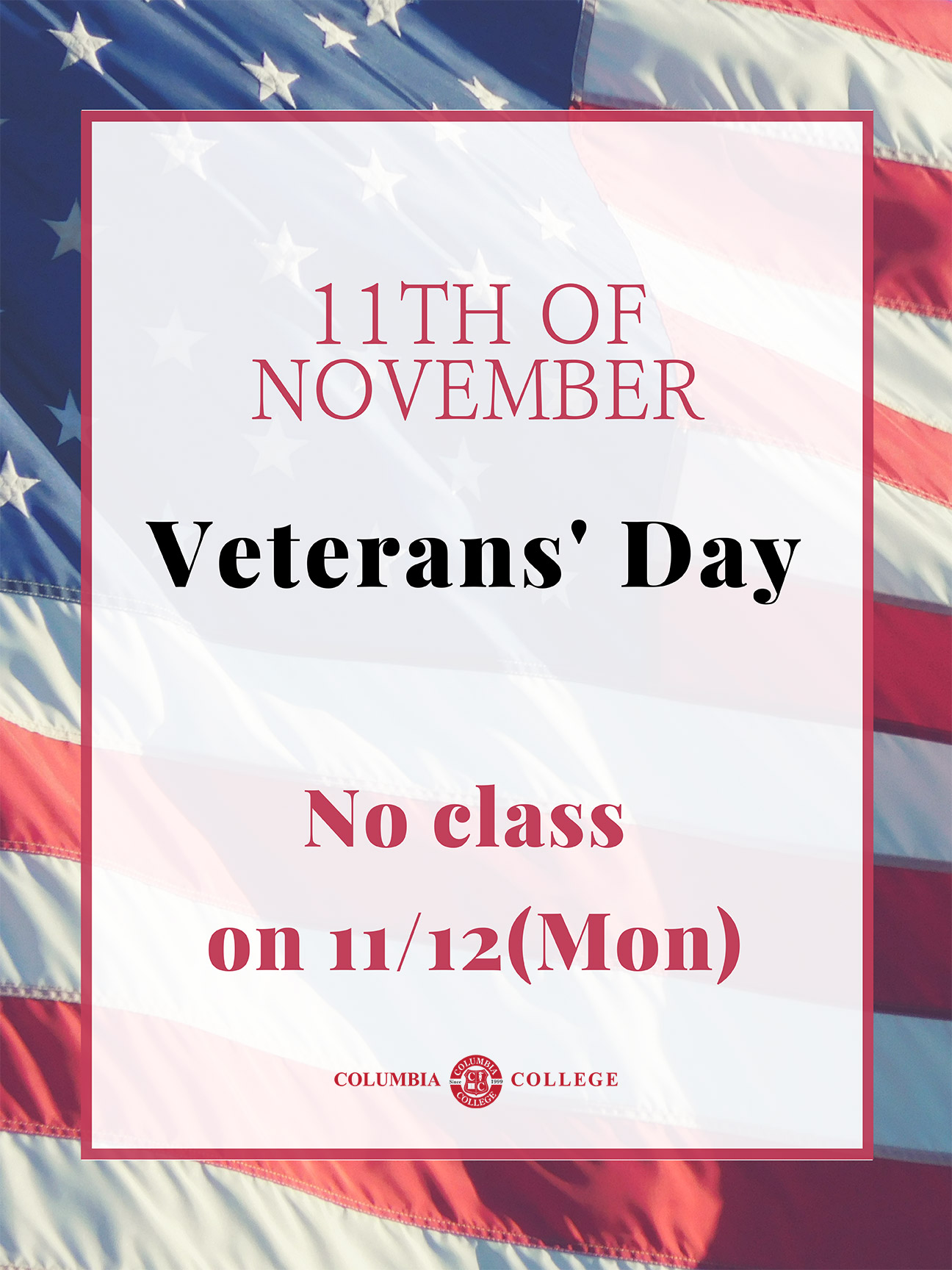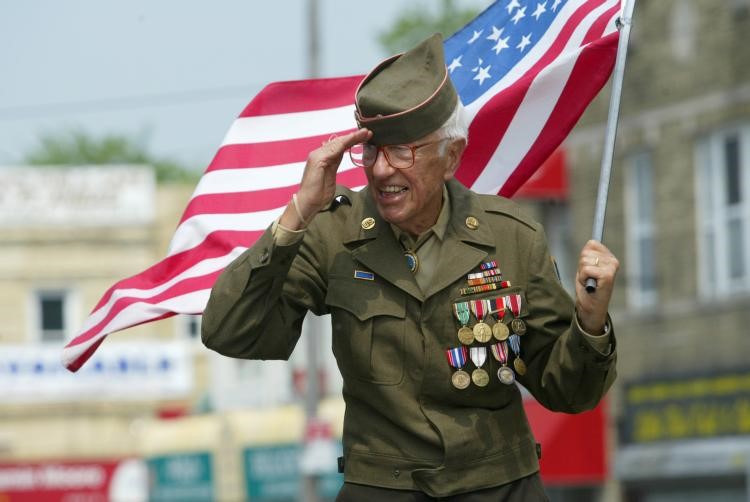
In the USA, Veterans Day annually falls on November 11. This day is the anniversary of the signing of the armistice, which ended the World War I hostilities between the Allied nations and Germany in 1918. Veterans are thanked for their services to the United States on Veterans Day.
Is Veterans Day a Public Holiday?
Veterans Day is a public holiday. It is a day off for the general population, and schools and most businesses are closed.

Veterans Day honors those who served the United States in all wars, especially veterans.
Observance
Veterans Day is intended to honor and thank all military personnel who served the United States in all wars, particularly living veterans. It is marked by parades and church services and in many places the American flag is hung at half mast. A period of silence lasting two minutes may be held at 11am. Some schools are closed on Veterans Day, while others do not close, but choose to mark the occasion with special assemblies or other activities.
Veterans Day is officially observed on November 11. However, if it falls on a week day, many communities hold their celebrations on the weekend closest to this date. This is to enable more people to attend and participate in the events. Federal Government offices are closed on November 11. If Veterans Day falls on a Saturday, they are closed on Friday November 10. If Veterans Day falls on a Sunday, they are closed on Monday November 12. State and local governments, schools and non-governmental businesses are not required to close and may decide to remain open or closed. Public transit systems may follow a regular or holiday schedule.
History
On the 11th hour of the 11th day of the 11th month of 1918 an armistice between Germany and the Allied nations came into effect. On November 11, 1919, Armistice Day was commemorated for the first time. In 1919, President Wilson proclaimed the day should be “filled with solemn pride in the heroism of those who died in the country’s service and with gratitude for the victory”. There were plans for parades, public meetings and a brief suspension of business activities at 11am.
In 1926, the United States Congress officially recognized the end of World War I and declared that the anniversary of the armistice should be commemorated with prayer and thanksgiving. The Congress also requested that the president should “issue a proclamation calling upon the officials to display the flag of the United States on all Government buildings on November 11 and inviting the people of the United States to observe the day in schools and churches, or other suitable places, with appropriate ceremonies of friendly relations with all other peoples.”
An Act (52 Stat. 351; 5 U. S. Code, Sec. 87a) was approved on May 13, 1938, which made November 11 in each year a legal holiday, known as Armistice Day. This day was originally intended to honor veterans of World War I. A few years later, World War II required the largest mobilization of service men in the history of the United States and the American forces fought in Korea. In 1954, the veterans service organizations urged Congress to change the word “Armistice” to “Veterans”. Congress approved this change and on June 1, 1954, November 11 became a day to honor all American veterans, where ever and whenever they had served.
In 1968 the Uniforms Holiday Bill (Public Law 90-363 (82 Stat. 250)) made an attempt to move Veterans Day to the fourth Monday of October. The bill took effect in 1971. However, this caused a lot of confusion as many states disagreed with this decision and continued to hold Veterans Day activities on November 11. In 1975, President Gerald R. Ford signed Public Law 94-97 (89 Stat. 479), which stated that Veterans Day would again be observed on November 11 from 1978 onwards. Veterans Day is still observed on November 11.

